The seventeenth century Thien Mu Pagoda is Hue’s oldest. It is also one of the most atmospheric and picturesque places in the former imperial capital. The seven tiered Phuoc Duyen Tower completed in 1840, is an emblem of the city that looks graciously across an auspicious bend in the Perfume River. It is an exquisite union of architecture and natural setting.

Photo: Mark BowyerThien Mu Pagoda, Hue
Thien Mu has also long been a centre of Buddhist activism in Hue. Its monks have agitated against the French, the US backed Diem regime and the current Communist Government.
In one of the most profound events of the Vietnam War, the Venerable Thich Quang Duc travelled from Thien Mu to Saigon and self-immolated at the busy corner of the streets known today as Cach Mang Thang Tam St and Nguyen Dinh Chieu St. Malcolm Browne won a Pulitzer prize for his haunting photograph of the event as did David Halberstam for his New York Times coverage.
The Buddhist crisis was a decisive event in the US entanglement in Vietnam. Images from the Buddhist protests discredited the US backed regime of President Ngo Dinh Diem and created political challenges for President Kennedy. The climax of the crisis was the US sanctioned assassination of Diem in a coup on 2 November 1963, weeks before Kennedy himself was assassinated.

Photo: Mark BowyerThien Mu Pagoda, Hue
The coup replaced the South’s most viable if despotic leader and resulted in a steady rise in US involvement alongside a steady decline in governance in South Vietnam. And the city of Hue and Thien Mu Pagoda were very consequential in these developments.
The Austin that Thich Quang Duc travelled to Saigon in on that fateful 1963 day has been rusting away for decades in a small display at the pagoda’s rear. On our most recent visit, it had been repainted.

Photo: Mark BowyerMonk Thich Quang Duc's Austin with Malcolm Browne's haunting photograph behind it.
Thien Mu’s historical importance is happily surpassed by its tranquil ambience. The history is incredible - but the atmosphere here is intoxicating - especially if you arrive before or after the crowds.
Tips.
6kms out of Hue, Thien Mu is easily accessed by bike, xe om or even cyclo. And it’s a beautiful journey along the citadel walls, the river a large catholic school and numerous pagodas - plenty of cause for stops along the way. A number of Hue’s famed garden residences are also found on the same stretch of road. Take your time.
Many travellers also choose to visit the pagoda by boat.
You’ll probably spend 40 - 60 minutes at the pagoda itself unless you get swept up in the atmosphere.

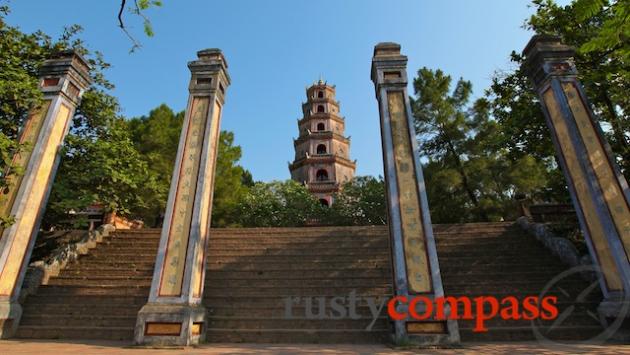
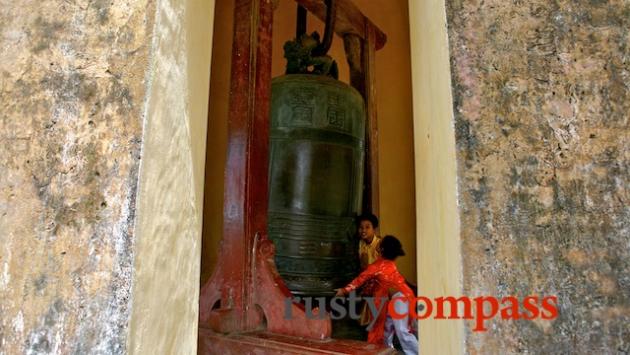
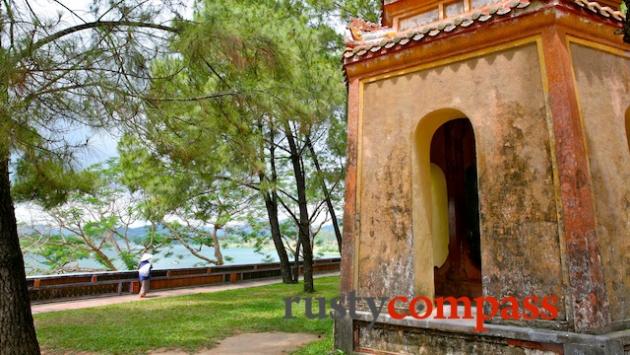
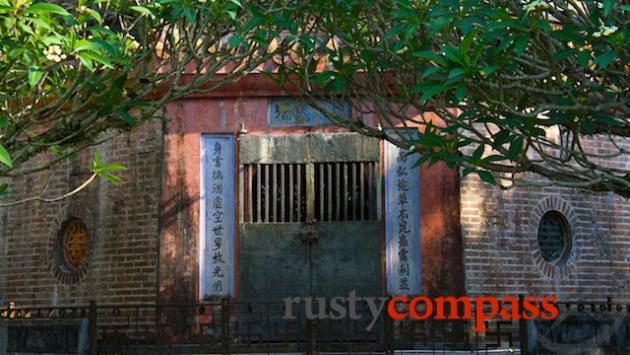
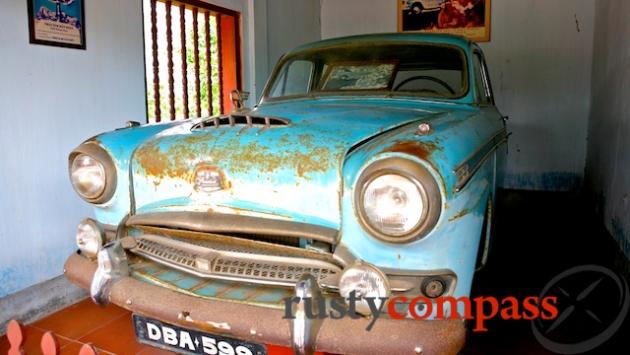
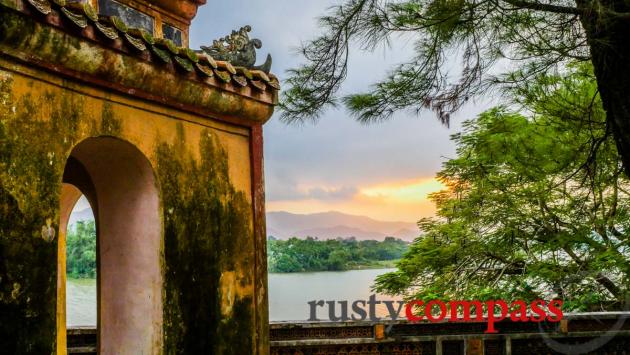
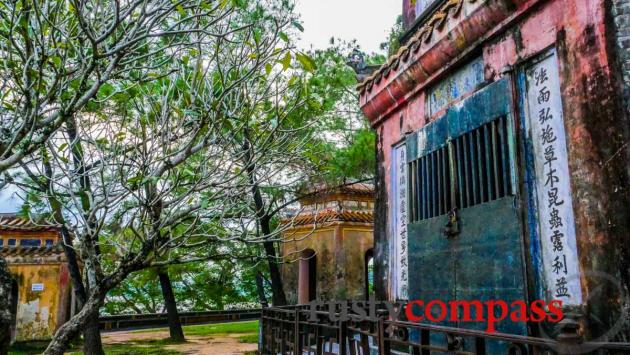







There are no comments yet.